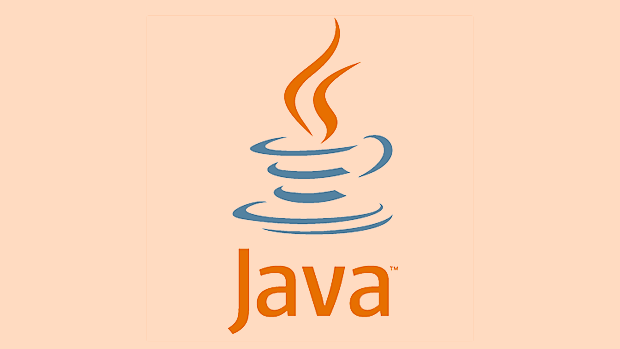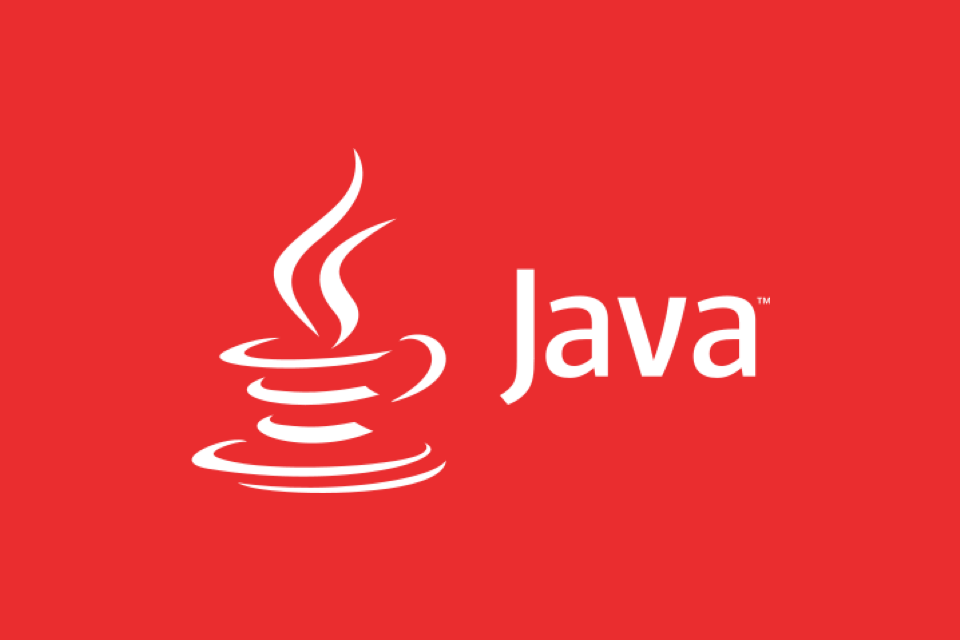OutOfMemoryError in Java applications: The main reason for Java heap space is insufficient heap memory, which is usually caused by low heap size settings, memory leaks, frequent creation of large objects, or unreasonable GC configuration. 1. When the heap is insufficient, the -Xmx parameter can be adjusted to increase the maximum heap; 2. Memory leaks can be used to analyze the heap dump to find unfree references; 3. Avoid creating large objects in the loop and use streaming or cache pools instead; 4. Select the appropriate GC type according to the load and optimize parameter configuration. The solution order should be: increase the heap, troubleshoot leakage, optimize object usage, and adjust GC strategy.

OutOfMemoryError: Java heap space occurs during running a Java application, usually because the heap memory is insufficient to accommodate the objects required by the program. This problem is common, especially in scenarios where big data, high concurrency, or memory leaks exist.

The most direct reason for insufficient heap memory
When a Java program is running, all objects are allocated on the heap. A maximum heap memory limit is set when the JVM is started (via the -Xmx parameter). This error will be thrown when the program applies for a new object and the heap space is full and the garbage collector (GC) cannot free up enough space.
To give a simple example: if your application wants to load a file of several hundred MB into memory for processing, and the maximum heap set by the JVM is only 512MB, it is likely to trigger OOM.

One solution is to increase the heap size appropriately, such as:
-
-Xms512m -Xmx2gmeans that the initial heap is 512MB, which can be expanded to 2GB at most
But note that blindly increasing the pile is not a universal solution, and may also cover up deeper problems.

Memory leak causes useless objects to not be recycled
Even if a larger heap is set, if there is a memory leak in the application, the stack will eventually fill up. Memory leaks are when objects are no longer used, but because some references are not released, GC cannot recycle them.
Common leak scenarios include:
- Static collection classes (such as
static List) continue to add objects without cleaning - The cache has no expiration mechanism or capacity limit
- Listeners and callbacks are not logged out in time (such as event listening, anonymous internal classes hold external class references)
To troubleshoot such problems, you can use tools such as:
- Use VisualVM, MAT, or JProfiler to analyze heap dumps (heap dump)
- Check the GC log to see if the memory in the elderly has dropped significantly after Full GC
The key to fixing memory leaks is to find "who holds a reference that shouldn't be held."
Frequent creation of large objects increases memory pressure
Some application logic creates large objects frequently, such as:
- Read the entire file to the byte array at once
- Build super large string stitching results
- Operate high-definition pictures or video data
If these operations do not have a reasonable frequency control or optimized structure, it is easy to cause memory jitter or even OOM.
Suggested practices include:
- Avoid creating large objects in loops
- Use streaming to replace one-time loading
- Reduce duplicate allocation using cache pools or multiplexing mechanisms
For example, when processing files, use BufferedReader to read them line by line, rather than reading the entire content at once.
Unreasonable GC configuration affects memory management efficiency
Different garbage collectors have different memory management strategies. If the GC is configured unreasonably, it may lead to untimely memory recovery or inefficient efficiency.
for example:
- Using Serial GC may have poor performance under large data volumes
- G1 GC If the pause time target is not set correctly, it may also affect the recovery rhythm.
It can be optimized by:
- Select the appropriate GC type (such as CMS, G1, ZGC) according to the application characteristics
- Turn on GC log analysis to view the changes in the heap before and after each recycling
- Adjust the ratio of the new generation to the old generation (via
-Xmnor-XX:NewRatio)
GC performance tuning requires testing and observation based on actual load, and cannot be generalized.
Basically that's it. When encountering OutOfMemoryError: Java heap space , first confirm whether the heap is too small, then check whether there is any memory leak, then check whether there is any abuse of large objects, and finally consider whether the GC configuration is reasonable. Any of these problems are not handled properly, which may lead to OOM.
The above is the detailed content of What causes OutOfMemoryError: Java heap space?. For more information, please follow other related articles on the PHP Chinese website!

Hot AI Tools

Undress AI Tool
Undress images for free

Undresser.AI Undress
AI-powered app for creating realistic nude photos

AI Clothes Remover
Online AI tool for removing clothes from photos.

Clothoff.io
AI clothes remover

Video Face Swap
Swap faces in any video effortlessly with our completely free AI face swap tool!

Hot Article

Hot Tools

Notepad++7.3.1
Easy-to-use and free code editor

SublimeText3 Chinese version
Chinese version, very easy to use

Zend Studio 13.0.1
Powerful PHP integrated development environment

Dreamweaver CS6
Visual web development tools

SublimeText3 Mac version
God-level code editing software (SublimeText3)

Hot Topics
 Difference between HashMap and Hashtable?
Jun 24, 2025 pm 09:41 PM
Difference between HashMap and Hashtable?
Jun 24, 2025 pm 09:41 PM
The difference between HashMap and Hashtable is mainly reflected in thread safety, null value support and performance. 1. In terms of thread safety, Hashtable is thread-safe, and its methods are mostly synchronous methods, while HashMap does not perform synchronization processing, which is not thread-safe; 2. In terms of null value support, HashMap allows one null key and multiple null values, while Hashtable does not allow null keys or values, otherwise a NullPointerException will be thrown; 3. In terms of performance, HashMap is more efficient because there is no synchronization mechanism, and Hashtable has a low locking performance for each operation. It is recommended to use ConcurrentHashMap instead.
 What are static methods in interfaces?
Jun 24, 2025 pm 10:57 PM
What are static methods in interfaces?
Jun 24, 2025 pm 10:57 PM
StaticmethodsininterfaceswereintroducedinJava8toallowutilityfunctionswithintheinterfaceitself.BeforeJava8,suchfunctionsrequiredseparatehelperclasses,leadingtodisorganizedcode.Now,staticmethodsprovidethreekeybenefits:1)theyenableutilitymethodsdirectly
 How does JIT compiler optimize code?
Jun 24, 2025 pm 10:45 PM
How does JIT compiler optimize code?
Jun 24, 2025 pm 10:45 PM
The JIT compiler optimizes code through four methods: method inline, hot spot detection and compilation, type speculation and devirtualization, and redundant operation elimination. 1. Method inline reduces call overhead and inserts frequently called small methods directly into the call; 2. Hot spot detection and high-frequency code execution and centrally optimize it to save resources; 3. Type speculation collects runtime type information to achieve devirtualization calls, improving efficiency; 4. Redundant operations eliminate useless calculations and inspections based on operational data deletion, enhancing performance.
 What is an instance initializer block?
Jun 25, 2025 pm 12:21 PM
What is an instance initializer block?
Jun 25, 2025 pm 12:21 PM
Instance initialization blocks are used in Java to run initialization logic when creating objects, which are executed before the constructor. It is suitable for scenarios where multiple constructors share initialization code, complex field initialization, or anonymous class initialization scenarios. Unlike static initialization blocks, it is executed every time it is instantiated, while static initialization blocks only run once when the class is loaded.
 What is the Factory pattern?
Jun 24, 2025 pm 11:29 PM
What is the Factory pattern?
Jun 24, 2025 pm 11:29 PM
Factory mode is used to encapsulate object creation logic, making the code more flexible, easy to maintain, and loosely coupled. The core answer is: by centrally managing object creation logic, hiding implementation details, and supporting the creation of multiple related objects. The specific description is as follows: the factory mode handes object creation to a special factory class or method for processing, avoiding the use of newClass() directly; it is suitable for scenarios where multiple types of related objects are created, creation logic may change, and implementation details need to be hidden; for example, in the payment processor, Stripe, PayPal and other instances are created through factories; its implementation includes the object returned by the factory class based on input parameters, and all objects realize a common interface; common variants include simple factories, factory methods and abstract factories, which are suitable for different complexities.
 What is the `final` keyword for variables?
Jun 24, 2025 pm 07:29 PM
What is the `final` keyword for variables?
Jun 24, 2025 pm 07:29 PM
InJava,thefinalkeywordpreventsavariable’svaluefrombeingchangedafterassignment,butitsbehaviordiffersforprimitivesandobjectreferences.Forprimitivevariables,finalmakesthevalueconstant,asinfinalintMAX_SPEED=100;wherereassignmentcausesanerror.Forobjectref
 What is synchronization?
Jun 24, 2025 pm 08:21 PM
What is synchronization?
Jun 24, 2025 pm 08:21 PM
Synchronizationistheprocessofcoordinatingtwoormorethingstostayaligned,whetherdigitalorphysical.Intechnology,itensuresdataconsistencyacrossdevicesthroughcloudserviceslikeGoogleDriveandiCloud,keepingcontacts,calendarevents,andbookmarksupdated.Outsidete
 What is type casting?
Jun 24, 2025 pm 11:09 PM
What is type casting?
Jun 24, 2025 pm 11:09 PM
There are two types of conversion: implicit and explicit. 1. Implicit conversion occurs automatically, such as converting int to double; 2. Explicit conversion requires manual operation, such as using (int)myDouble. A case where type conversion is required includes processing user input, mathematical operations, or passing different types of values ??between functions. Issues that need to be noted are: turning floating-point numbers into integers will truncate the fractional part, turning large types into small types may lead to data loss, and some languages ??do not allow direct conversion of specific types. A proper understanding of language conversion rules helps avoid errors.






